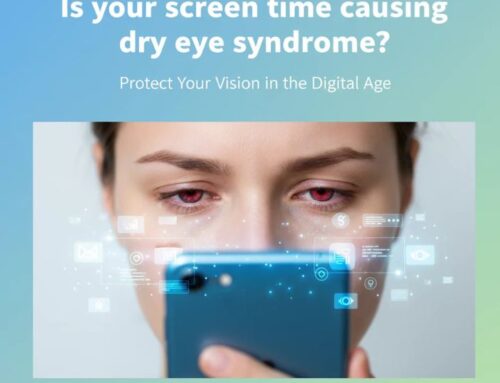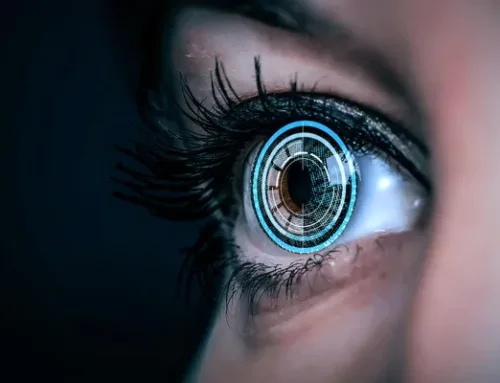Understanding the causes behind tired-looking eyes and what you can do about it
We’ve all looked in the mirror at some point and asked, “Why do I look so tired?”—even after a full night’s sleep. For many people, the answer is those stubborn under eye circles.
They’re common, they’re frustrating, and they’re often misunderstood. While it’s tempting to blame lack of sleep, the truth is there are several reasons under eye circles show up—and not all of them are your fault.
Let’s break down what really causes under eye circles, what they might be telling you, and what you can do to reduce their appearance.
What Are Under Eye Circles, Really?
Under eye circles are the dark, shadowy patches that appear under your eyes. They can look blue, purple, brown, or black, depending on your skin tone and the underlying cause.
Unlike puffiness or bags, under eye circles are more about skin pigmentation or the visibility of blood vessels under the delicate eye area.
Common Causes of Under Eye Circles
1. Genetics
Sometimes, it really is in your DNA. If your parents or grandparents had dark circles, chances are you might too. Thinner skin or increased pigmentation around the eyes can run in families.
2. Lack of Sleep
Yes, being tired can make under eye circles worse. When you’re sleep-deprived, your skin becomes paler, making the blood vessels under your eyes more visible. Fluid can also build up, leading to puffiness and shadows.
3. Aging
As we age, the skin under our eyes thins and loses collagen, making veins and shadows more noticeable. It’s a normal part of getting older, but it can contribute to darker under eye circles over time.
4. Allergies
When you’re dealing with allergies, your body releases histamines, which can cause inflammation and swelling. Rubbing itchy eyes can also damage blood vessels, making under eye circles worse.
5. Dehydration
Not drinking enough water can make your skin look dull and your eyes appear sunken, highlighting under eye circles.
6. Sun Exposure
Too much sun can increase melanin production around the eyes, causing hyperpigmentation. Sunscreen and sunglasses are a must if you want to protect your under-eye skin.
What You Can Do About Under Eye Circles?
While you may not be able to eliminate them completely, you can reduce their appearance with the right care:
✅ Get Consistent Sleep
Aim for 7–9 hours of quality sleep every night to help your body (and your skin) recover and recharge.
✅ Use Cold Compresses
A cold compress can reduce swelling and shrink dilated blood vessels, making under eye circles less noticeable.
✅ Hydrate and Eat Well
Drink water, eat a diet rich in antioxidants, and reduce salt intake to minimize puffiness and improve skin tone.
✅ Try an Eye Cream
Look for ingredients like:
- Vitamin C (brightening)
- Caffeine (reduces puffiness)
- Retinol (boosts collagen)
- Hyaluronic acid (hydrates)
✅ Protect Your Skin
Always wear SPF and sunglasses outdoors. UV damage can worsen pigmentation under the eyes.
✅ Consider Medical Treatments
For severe or persistent under eye circles, options like chemical peels, laser therapy, or fillers may help. Talk to a dermatologist to explore what’s right for you.
Final Thoughts
Under eye circles are incredibly common—and most of the time, they’re nothing to worry about. But if they’re making you feel self-conscious or signaling something deeper (like allergies or dehydration), it’s worth paying attention.
With a little care, smart lifestyle choices, and the right products, you can brighten up your eye area and feel more refreshed—no concealer required.








